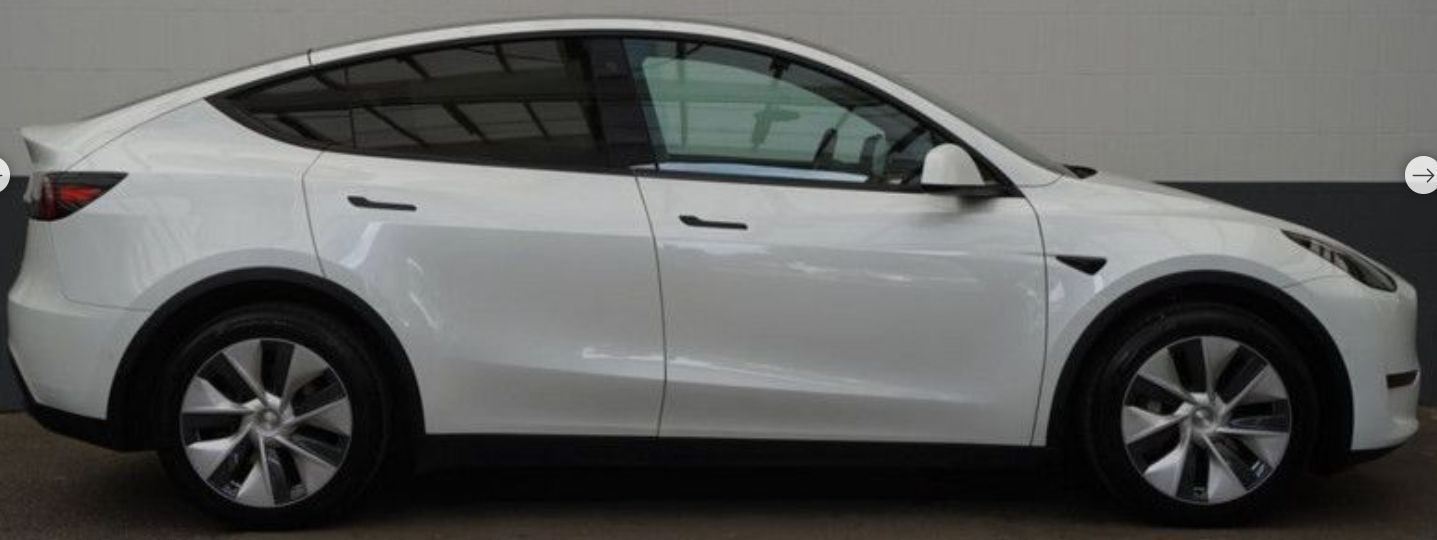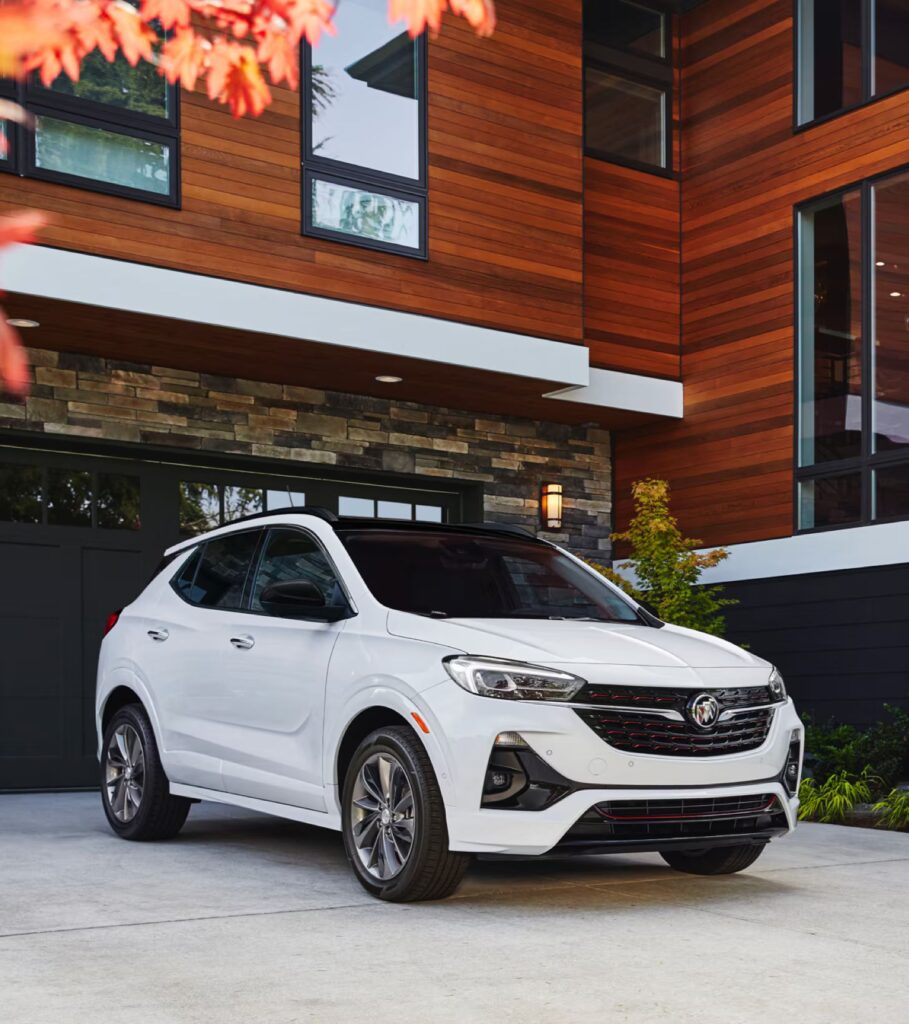
The automotive world has undergone a dramatic evolution, reshaped by changing consumer preferences, technological advancements, and shifting market forces. Sedans, once the uncontested kings of personal transportation, have found themselves at a crossroads as SUVs and crossovers rapidly eclipse their popularity. This profound shift has created a fascinating dichotomy within the segment.
Yet, despite these headwinds, some sedans have managed to retain a dedicated audience, continuing to resonate due to their unique blend of reliability, style, performance, and value. Their sustained success offers invaluable insights into the factors that determine a sedan’s long-term triumph, acting as a counter-narrative to the broader trend of decline. This contrast between enduring appeal and fading relevance highlights critical lessons for the entire industry.
Conversely, several once-iconic sedans have lost their appeal over the years, either unable or unwilling to adapt to the evolving demands of modern drivers. This article explores both successful retention and significant decline, delving into the nuanced reasons behind these divergent paths. By examining factors such as design evolution, technological adaptation, brand perception, and market positioning, we gain a richer understanding of what it takes for a sedan to remain relevant in a rapidly changing world.
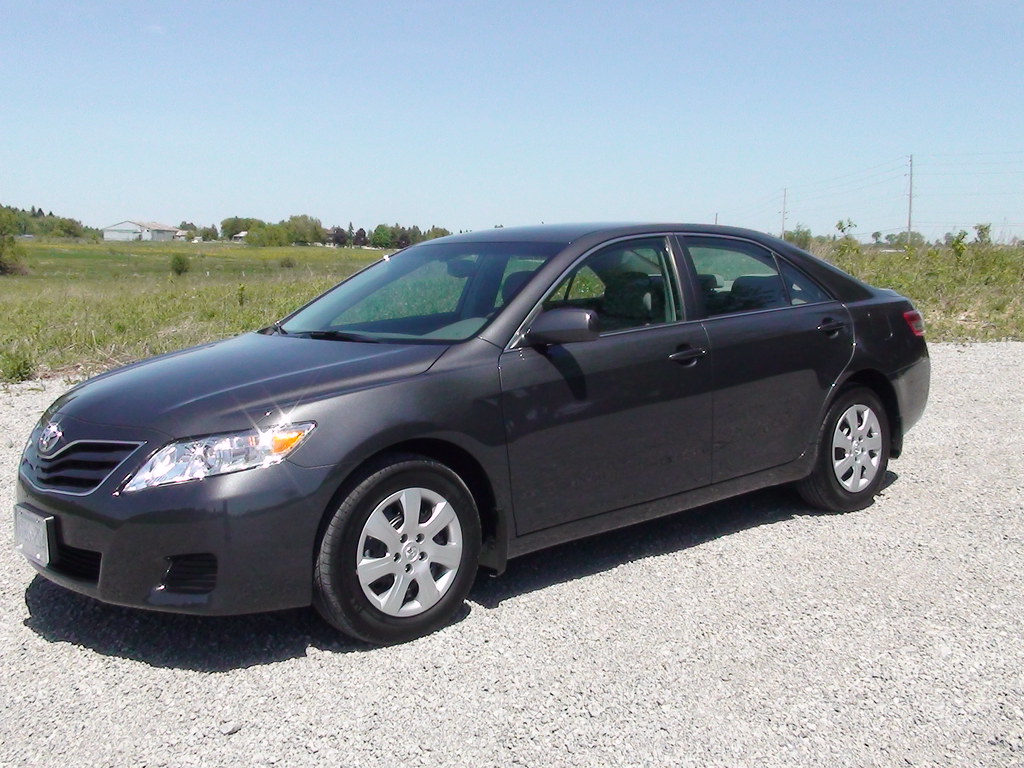
1. **Toyota Camry**The Toyota Camry’s remarkable and enduring popularity is far from an accidental phenomenon; it stands as a direct testament to decades of rigorous, meticulous engineering and an unwavering dedication to the core principles of reliability and practicality. Since its initial debut in the early 1980s, the Camry has consistently cemented its position as the quintessential family sedan across a multitude of global markets, particularly within the United States, becoming a byword for automotive dependability. Toyota’s deep-seated commitment to crafting a vehicle that embodies steadfast dependability, impressive fuel efficiency, and unparalleled comfort has intrinsically positioned the Camry as the default and trusted choice for millions of drivers worldwide.
Unlike certain sedans that might chase ephemeral design trends or narrowly focus on a fleeting sporty allure, the Camry’s intelligently balanced approach to every facet of car ownership—spanning from its initial purchase price to its long-term maintenance costs—has meticulously cultivated a formidable and profoundly loyal customer base, one that consistently returns with the arrival of each successive generation. Over time, Toyota has demonstrably showcased a remarkably keen and intuitive awareness of evolving consumer demands, diligently integrating these crucial insights into the Camry’s continuous evolutionary journey, such as the strategic incorporation of advanced hybrid powertrains and comprehensive Toyota Safety Sense (TSS) suite.
The realm of styling is yet another crucial domain where the Camry has demonstrated its impressive adaptability. While it may never be universally hailed as a head-turner, recent generations have resolutely embraced bolder, more assertively aggressive design cues, shedding the somewhat staid and conservative image that earlier models often carried. This thoughtfully modernized visual appeal has played a pivotal role in attracting a younger cohort of buyers, all without inadvertently alienating its steadfast core demographic of families and seasoned drivers. Internally, the Camry consistently delivers a spacious, remarkably user-friendly cabin, meticulously appointed with quality materials that stand in strong contention within its segment, subtly emphasizing enduring comfort over transient flashiness.
Beyond its readily tangible physical attributes, the Camry’s enduring success is inextricably interwoven with its formidable brand perception and the consistently positive ownership experience it offers. Toyota’s deeply entrenched reputation for constructing remarkably long-lasting vehicles that also boast exceptional resale value means that Camry owners tend to place implicit trust in the brand. This profound and steadfast trust has indelibly cemented its status as a sedan that consistently retains its audience, generation after generation, a testament to its unwavering commitment to driver satisfaction.
Car Model Information: 2024 Toyota Camry LE
Name: Toyota Camry
Caption: 2018 Toyota Camry Ascent (ASV70, Australia)
Manufacturer: Toyota
Production: March 1982 – present
Aka: ubl
Class: ubl
Layout: ubl
Predecessor: ubl
Successor: Toyota Avensis (T250)
Categories: 1990s cars, 2000s cars, 2010s cars, 2020s cars, All-wheel-drive vehicles
Summary: The Toyota Camry (; Japanese: トヨタ・カムリ Toyota Kamuri) is an automobile sold internationally by the Japanese auto manufacturer Toyota since 1982, spanning multiple generations. Originally compact in size (narrow-body), the Camry has grown since the 1990s to fit the mid-size classification (wide-body)—although the two widths co-existed in that decade. Since the release of the wide-bodied versions, Camry has been extolled by Toyota as the firm’s second “world car” after the Corolla. As of 2022, the Camry is positioned above the Corolla and below the Avalon or Crown in several markets.
In Japan, the Camry was once exclusive to Toyota Corolla Store retail dealerships. Narrow-body cars also spawned a rebadged sibling in Japan, the Toyota Vista (トヨタ・ビスタ)—also introduced in 1982 and sold at Toyota Vista Store locations. Diesel fuel versions have previously retailed at Toyota Diesel Store. The Vista Ardeo was a wagon version of the Vista V50.
Get more information about: Toyota Camry
Buying a high-performing used car >>>
Brand: Toyota Model: Camry
Price: $25,490 Mileage: 14,437 mi.
Read more about: Navigating the Minivan Maze: The 11 Most Resilient and Least Dependable Models for Families
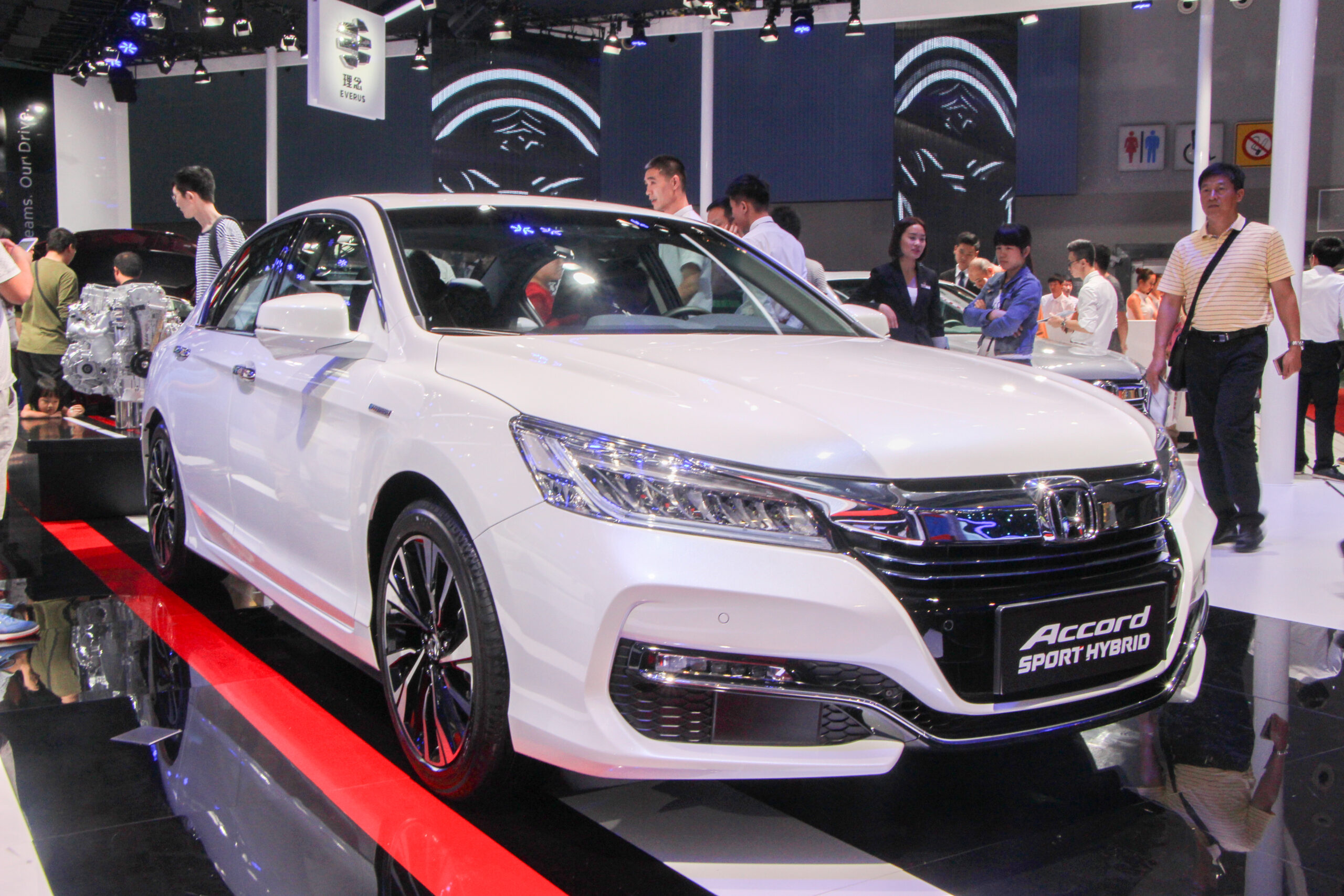
2. **Honda Accord**The Honda Accord has long combined reliability with driving enjoyment, setting it apart from many mainstream family sedans. Since its 1970s launch, it evolved from an economy car to a sophisticated mid-size sedan, appealing to a wide variety of buyers. Its compelling nature lies in blending everyday usability with a more engaging driving experience than most sedans in its class, cultivating a loyal following.
Honda’s engineering philosophy shines through its powertrain options and chassis tuning. Turbocharged engines and hybrid variants cater to both performance enthusiasts and eco-conscious consumers. Unlike some uninspired sedans, the Accord receives praise for responsive handling, solid steering feedback, and smooth ride quality. This driver-centric approach makes it a favorite for those seeking practicality without sacrificing road connection.
The Accord’s interior is another strong selling point. Honda prioritizes a spacious, comfortable cabin with an intuitive layout and materials that feel a step above average. Features like large touchscreen infotainment, advanced driver-assist technologies, and high-grade safety equipment enhance convenience and peace of mind. Moreover, the Accord’s longevity and resale value contribute to its loyal audience, as owners often keep them for many years due to durability and low ownership costs. This well-executed blend of reliability, refinement, and driving enjoyment ensures lasting appeal.
Car Model Information: 2014 Honda Accord Sport
Name: Honda Accord
Caption: 2023 Honda Accord LX (US)
Alt: Front three-quarter view of a front-engined four-door car.
Manufacturer: Honda
Production: 1976–present
Class: Compact car
BodyStyle: hatchback
Layout: Front-engine, front-wheel-drive layout
Predecessor: Honda 1300
Categories: 1980s cars, 1990s cars, 2000s cars, 2010s cars, 2020s cars
Summary: The Honda Accord (Japanese: ホンダ・アコード, Hepburn: Honda Akōdo; ), also known as the Honda Inspire (Japanese: ホンダ・インスパイア, Hepburn: Honda Insupaia) in Japan and China for certain generations, is a series of automobiles manufactured by Honda since 1976, best known for its four-door sedan variant, which has been one of the best-selling cars in the United States since 1989. The Accord nameplate has been applied to a variety of vehicles worldwide, including coupes, station wagons, hatchbacks and a Honda Crosstour crossover.
Get more information about: Honda Accord
Buying a high-performing used car >>>
Brand: Honda Model: Accord
Price: $11,461 Mileage: 151,025 mi.
Read more about: Unleash Your Inner Engineer: Top 14 Crate-Build Cars You Can Assemble Today
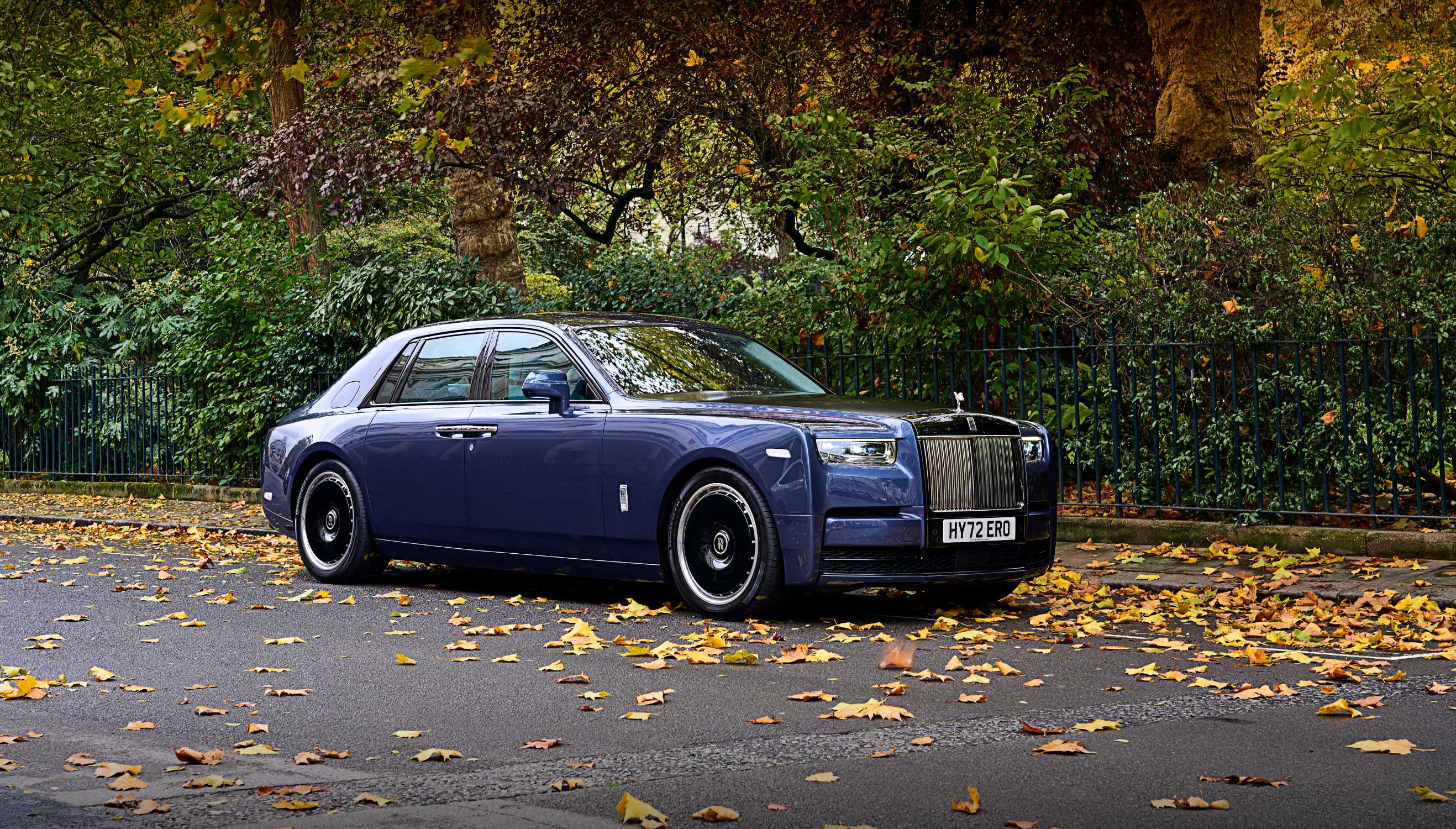
3. **BMW 3 Series**The BMW 3 Series has long been regarded as the gold standard for compact luxury sedans, building a reputation centered on delivering an exhilarating driving experience without compromising style, technology, or comfort. Since its 1970s debut, it has occupied a unique niche where performance enthusiasts, urban professionals, and luxury buyers intersect, and this broad appeal has allowed it to retain a passionate and devoted audience.
BMW’s focus on driving dynamics, including near-perfect weight distribution and rear-wheel-drive-based platforms, helps the 3 Series stand apart from competitors. Its unyielding commitment to delivering “the ultimate driving machine” means every generation pushes the envelope in powertrain options, chassis refinement, and technology integration. Turbocharged engines, lightweight construction, adaptive suspensions, and advanced driver assistance systems ensure the car appeals not only to luxury buyers but also to driving purists who want a sedan that feels alive on the road.
The interior marries luxury with functionality, featuring premium materials, ergonomic seats, and a driver-focused cockpit. The infotainment system offers advanced connectivity and intuitive controls, catering to tech expectations. Brand prestige and heritage also play critical roles; BMW’s status as a symbol of driving excellence and luxury attracts buyers seeking an emotional connection. This loyalty, reinforced by BMW’s service commitment, makes the 3 Series a lifestyle choice, mastering the art of evolving while holding onto its core identity.
Car Model Information: 2022 Lincoln Aviator Reserve AWD
Name: BMW 3 Series
Manufacturer: BMW
Production: 1975–present
Class: Compact executive car
Predecessor: BMW 02 Series
Categories: 1970s cars, 1980s cars, 1990s cars, 2000s cars, 2010s cars
Summary: The BMW 3 series is a line of compact executive cars manufactured by the German automaker BMW since May 1975. It is the successor to the 02 series and has been produced in seven generations.
The first generation of the 3 Series was only available as a 2-door saloon; the model range expanded to include a 4-door saloon, 2-door convertible, 2-door coupé, 5-door estate, 5-door liftback (“Gran Turismo”; discontinued in 2019) and 3-door hatchback body styles. Since 2013, the coupé and convertible models have been marketed as the 4 Series; these styles no longer being included in the 3 Series.
The 3 Series is BMW’s best-selling model line, accounting for around 30% of the BMW brand’s annual total car sales, and has won numerous awards throughout its history. The M version of the 3 series, M3, debuted with the E30 M3 in 1986.
Get more information about: BMW 3 Series
Buying a high-performing used car >>>
Brand: BMW Model: 3 Series
Price: $39,000 Mileage: 66,933 mi.
Read more about: Beyond the Hype: 11 Enduring Wagons Engineered to Outlast Most New Models Today
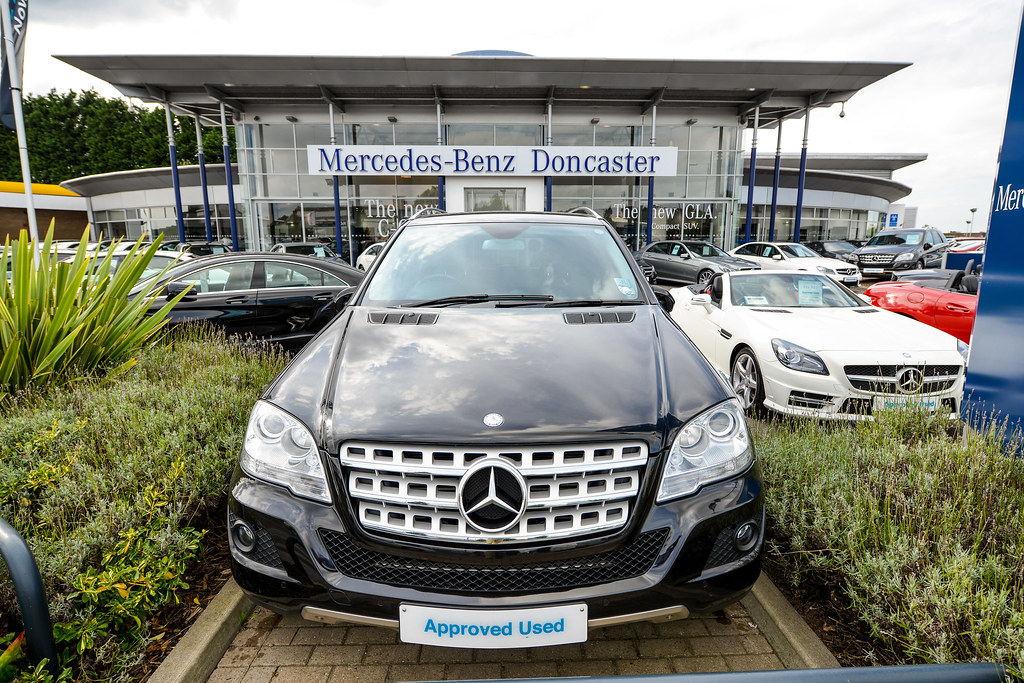
4. **Mercedes-Benz C-Class**The Mercedes-Benz C-Class is often seen as the entry point into luxury sedans, yet it offers refinement and prestige few competitors can match. Since its early 1990s launch, it has been a benchmark for compact luxury, offering impeccable craftsmanship, smooth performance, and cutting-edge technology. Its appeal balances luxurious comfort with a dynamic driving experience, making it a versatile choice for executives, families, and luxury buyers alike.
Mercedes-Benz continually invests in innovation and refinement with each C-Class iteration. The car features a range of efficient yet powerful engines, including turbocharged four-cylinders and high-performance AMG variants. The ride quality is plush, supported by sophisticated suspension setups that absorb road imperfections without sacrificing control. This balance makes the C-Class suitable for both relaxed cruising and spirited driving, embodying versatility.
Inside, the C-Class sets the standard for interior quality, adorned with premium materials like wood trims and leather upholstery. Technological advancements are abundant, with features like the MBUX infotainment system, voice recognition, customizable digital instrument clusters, and an array of driver assistance systems. These enhance convenience, safety, and connectivity. The C-Class also benefits from Mercedes-Benz’s brand heritage and reputation for safety and durability, ensuring loyal buyers and cementing its place as a popular luxury sedan.
Read more about: Steering Clear of Danger: An In-Depth Look at 14 Vehicles with Concerning Safety Scores for Savvy Consumers
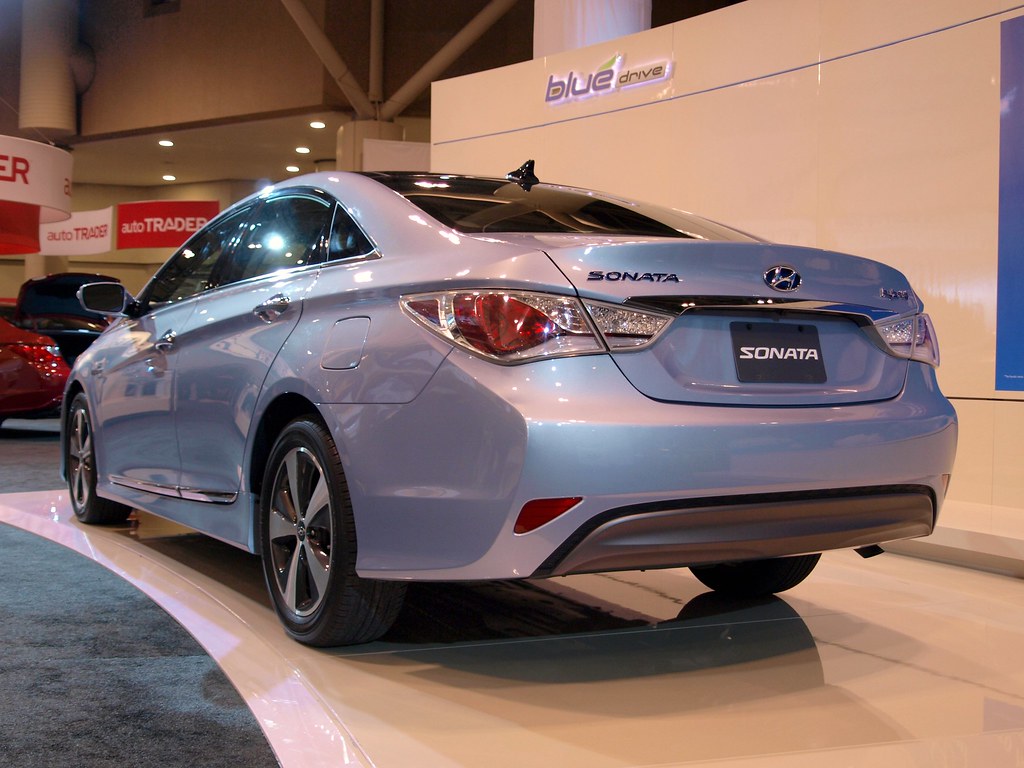
5. **Hyundai Sonata**The Hyundai Sonata is a remarkable example of a sedan that dramatically transformed its image and value proposition to retain and grow its audience. Once considered a budget-friendly but unremarkable option, the Sonata has evolved into a sophisticated, stylish, and technology-packed sedan, competing head-to-head with established players. Hyundai’s strategic investments in design, engineering, and quality control have redefined buyer expectations.
The most recent generations feature bold, futuristic styling that stands out in a sea of conservative mid-size sedans. Hyundai’s design language embraces sharp lines, a distinctive grille, and sleek lighting elements, attracting younger buyers and those seeking something different. This aesthetic evolution signals Hyundai’s ambition to break free from its “value brand” image and appeal to style-conscious consumers without compromising affordability. Under the hood, the Sonata offers efficient and capable engines, including turbocharged and hybrid variants, with significantly improved driving dynamics for a comfortable yet engaging ride.
One of the Sonata’s strongest points remains its value proposition. Hyundai’s generous warranty, combined with competitive pricing and a reputation for quality, makes it an attractive option. The brand’s emphasis on customer satisfaction and continuous improvement has built significant goodwill, translating into strong repeat sales and sustained audience retention. The Sonata’s resurgence demonstrates how a well-executed blend of style, technology, and value can revitalize a sedan’s market appeal.
While the previous section celebrated sedans that navigated the shifting tides of the automotive market with remarkable success, it’s equally crucial to examine the other side of the coin: the once-dominant sedans that, for various reasons, lost their way. These stories offer a potent lesson in market dynamics, consumer preferences, and the unforgiving nature of a competitive industry. Their decline wasn’t always sudden but rather a gradual erosion of appeal, often stemming from an inability to adapt to new trends, technological advancements, or simply a misreading of what modern drivers truly desired. Let’s delve into the histories of five such sedans, dissecting the factors that led to their loss of prominence and eventual departure from the spotlight.
Car Model Information: 2015 Hyundai SONATA SE
Name: Hyundai Sonata
Caption: 2024 Hyundai Sonata SEL (US)
Manufacturer: Hyundai Motor Company
Production: 1985–present
Class: Mid-size car
BodyStyle: sedan (automobile)
Layout: ubl
Predecessor: Hyundai Stellar
Categories: 1990s cars, 2000s cars, 2010s cars, 2020s cars, All Wikipedia articles written in American English
Summary: The Hyundai Sonata (Korean: 현대 쏘나타) is a mid-size car that has been manufactured by Hyundai since 1985. The first generation Sonata, which was introduced in 1985, was a facelifted version of the Hyundai Stellar with an engine upgrade, and was withdrawn from the market in two years due to poor customer reaction. While the nameplate was originally only sold in South Korea, the second generation of 1988 was widely exported.
The Sonata is currently manufactured in South Korea, China, and Pakistan. It was named after the musical term, sonata.
Get more information about: Hyundai Sonata
Buying a high-performing used car >>>
Brand: Hyundai Model: Sonata
Price: $11,485 Mileage: 59,515 mi.
Read more about: Navigating Hyundai Ownership: A Comprehensive Guide to Maintenance, Models, and Premier Dealership Services for Informed Consumers
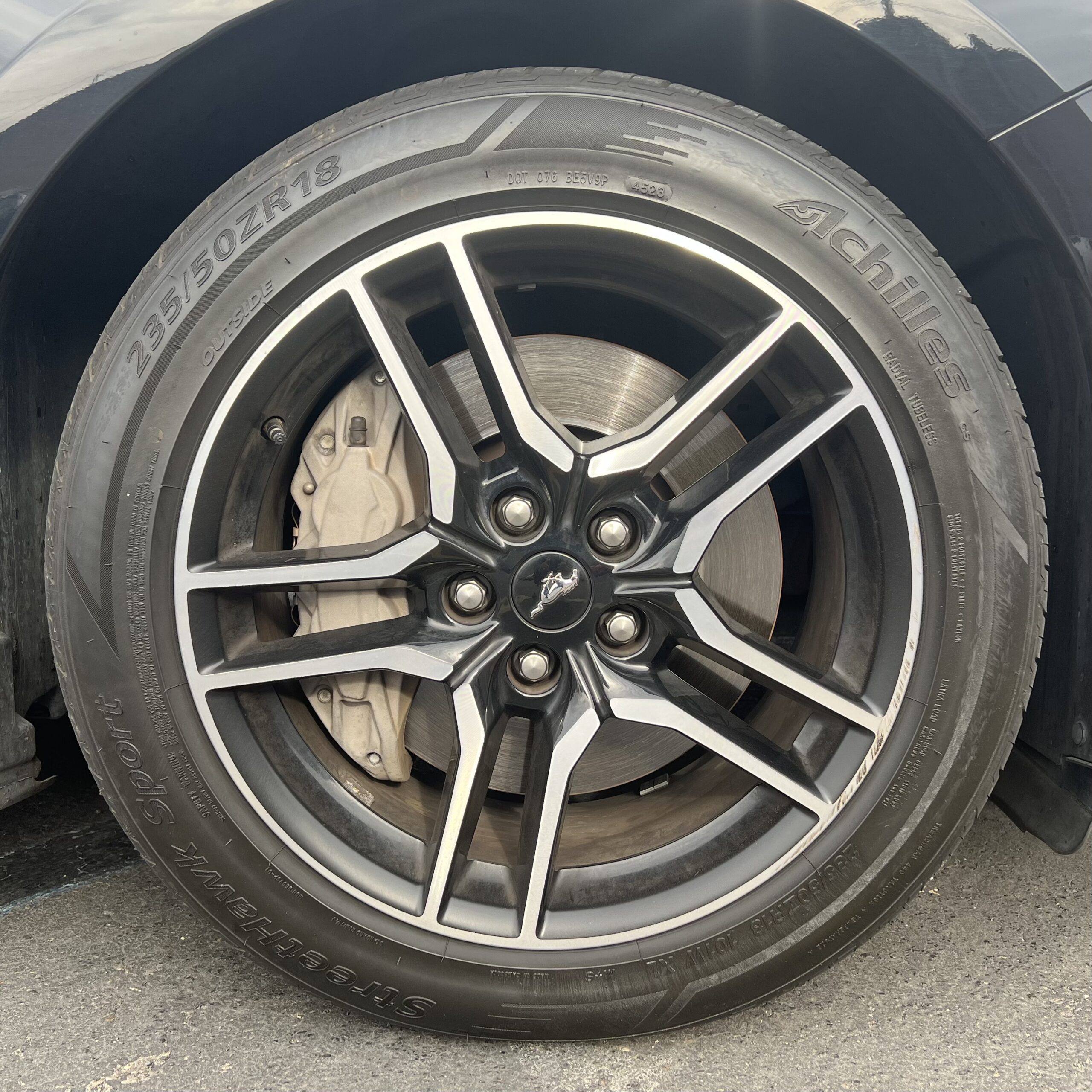
6. **Ford Taurus**The Ford Taurus once stood as an undisputed icon of American sedans, captivating the market throughout the late 1980s and 1990s with its compelling blend of roomy interiors, accessible pricing, and steadfast performance. At its zenith, the Taurus achieved the coveted title of America’s best-selling car, a monumental feat that is widely credited with playing a pivotal role in revitalizing Ford’s fortunes within the fiercely competitive sedan segment. Its initial success was significantly propelled by innovative design, as it was one of the pioneering American sedans to embrace a more aerodynamic silhouette, a striking departure from the boxy aesthetics that dominated the automotive landscape of its era.
However, despite this early and formidable dominance, the Taurus gradually began to lose its widespread appeal as the prevailing consumer tastes underwent a dramatic and irreversible transformation. A critical catalyst for the Taurus’s declining audience was the relentless ascent of SUVs and crossovers. These new contenders resonated deeply with buyers who increasingly sought elevated driving positions, substantially increased cargo capacity, and a perceived enhancement in safety, attributes that a traditional sedan format like the Taurus struggled inherently to match in the burgeoning utility vehicle segment.
Further exacerbating its struggles, Ford’s own strategic pivot, a decisive shift towards trucks and SUVs—exemplified by the successful introductions of models like the Explorer and Escape—effectively cannibalized the Taurus’s potential customer base. This reorientation of corporate priorities meant that significantly fewer resources were allocated to the Taurus’s ongoing development, leading to a product that felt increasingly less compelling and innovative in its later iterations. The car’s styling and engineering tragically failed to keep pace with the aggressive advancements of its rivals.
Where early models were lauded for their groundbreaking looks, successive generations unfortunately became increasingly bland and uninspired. The interior quality and technological amenities consistently lagged behind formidable competitors such as the Toyota Avalon and Honda Accord, which diligently refreshed their cabins and advanced their infotainment systems with each passing model year. This pronounced stagnation alienated a growing demographic of younger, tech-savvy buyers who had come to expect cutting-edge infotainment and comprehensive driver-assistance features. When coupled with its often-criticized lackluster fuel economy and a perception of declining reliability, the Taurus’s once-sterling reputation suffered significantly, culminating in its North American discontinuation in 2019.
Car Model Information: 2014 Ford Taurus SEL
Name: Ford Taurus
Caption: 2010 Ford Taurus Limited
Manufacturer: Ford Motor Company
Production: October 1985 – October 2006,May 2007 – March 2019
ModelYears: 1986–2019 (2007 sold only to fleets)
Class: Mid-size car
Layout: Transverse engine,front-engine, front-wheel drive,Transverse engine,front-engine, all-wheel drive
Predecessor: Ford LTD (North America)
Successor: Ford Taurus X
Categories: 1980s cars, 1990s cars, 2000s cars, 2010s cars, All-wheel-drive vehicles
Summary: The Ford Taurus is an automobile that was manufactured and marketed by the Ford Motor Company in the United States from 1985 to 2019. From 1985 to 2009, Ford marketed the Taurus alongside its rebadged variant, the Mercury Sable. Four generations of the high-performance version (named the Ford Taurus SHO) were also manufactured from 1988-1999 and 2009-2019.
The original Taurus was a milestone for Ford and the American automotive industry, as the first automobile at Ford designed and manufactured using the statistical process control ideas brought to Ford by W. Edwards Deming, a prominent statistician consulted by Ford to bring a “culture of quality” to the enterprise. The Taurus had an influential design that introduced new features and innovations.
In the late 1990s and early 2000s, sales of the Taurus declined as it lost market share to Japanese mid-size sedans and as Ford shifted resources towards developing SUVs. The Taurus was withdrawn after the 2007 model year, with production ending on October 27, 2006. As part of a model line revision, the Taurus and the larger Ford Crown Victoria were to be replaced with the full-size Five Hundred and mid-size Fusion sedans; the Taurus station wagon was replaced with the Ford Freestyle wagon, branded as a crossover SUV. During the 2007 Chicago Auto Show, the nameplates of the Taurus and Sable were revived, intended as 2008 mid-cycle revisions of the Five Hundred. The Freestyle was renamed the Ford Taurus X. For the 2010 model year, Ford introduced the sixth-generation Taurus, marking a more substantial model update, alongside the revival of the Taurus SHO; in 2013, the Ford Police Interceptor Sedan was introduced as a successor for its long-running Crown Victoria counterpart.
From 1985 to 2007, the Taurus was a mid-size car, offering front-wheel drive. Initially built on the DN5 platform (renamed the DN101 platform in 1995 and the D186 platform in 1999), the Taurus became a full-size car in 2007, adopting the Volvo-derived D3 platform, offering front- or all-wheel drive. The Taurus was produced as a four-door sedan through its entire production, with a five-door station wagon offered from 1986 to 2005.
All generations of the Taurus were assembled by Chicago Assembly on Chicago’s South Side. Prior to its 2006 closure, Atlanta Assembly also produced both the Taurus and Sable. From its 1985 launch to its initial withdrawal following the 2007 model year, Ford assembled 7,519,919 examples of the Taurus. The fifth best-selling Ford nameplate in North America, the Taurus has been surpassed only by the F-Series, Escort, Model T, and Mustang. Between 1992 and 1996, the Taurus was the best-selling car nameplate in the United States, overtaken by the current title holder in 1997, the Toyota Camry.
Get more information about: Ford Taurus
Buying a high-performing used car >>>
Brand: Ford Model: Taurus
Price: Not Priced Mileage: 169,210 mi.
Read more about: Navigating the Minivan Maze: The 11 Most Resilient and Least Dependable Models for Families
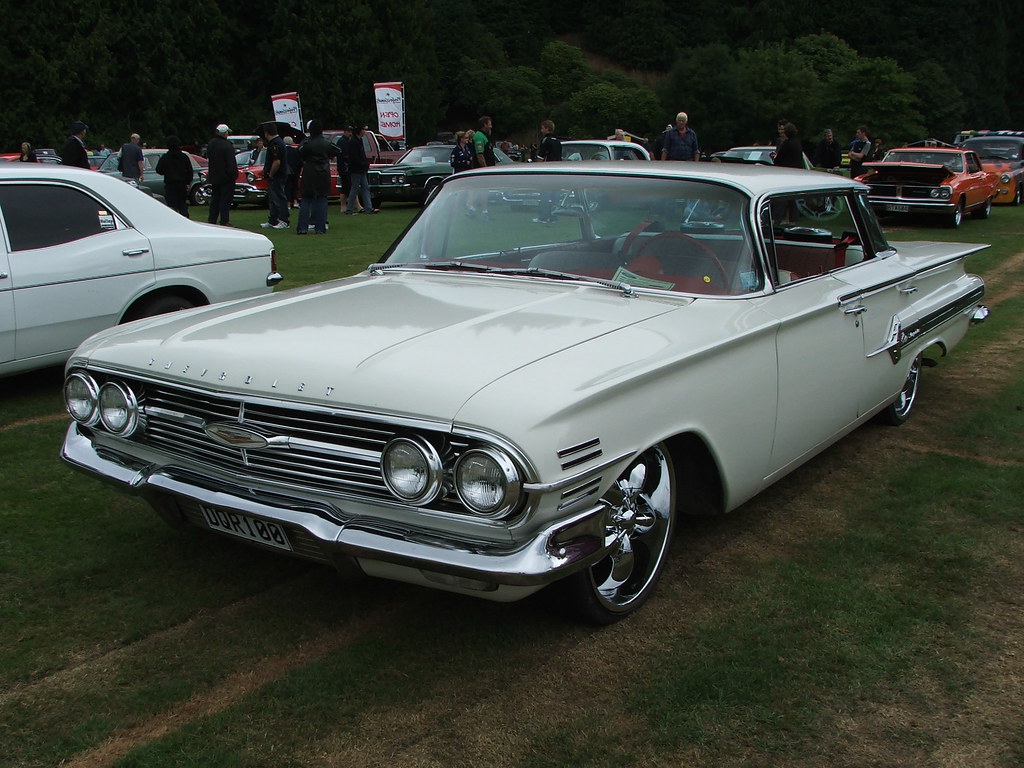
7. **Chevrolet Impala**The Chevrolet Impala, a nameplate steeped in a heritage stretching back to the 1950s, was once virtually synonymous with the quintessential American full-size sedan. For decades, the Impala flourished as a prominent family car, masterfully balancing an expansive, comfortable interior with a smooth ride and the robust power of its available V8 engine options. It reigned as a consistent staple on American roadways, deeply cherished for its generous proportions and elegant styling. Yet, by the late 2000s, the Impala began to conspicuously lose its firm grip on buyers, a trend that broadly mirrored the wider decline of the traditional full-size sedan segment across the United States.
Numerous converging factors contributed significantly to the Impala’s steadily dwindling audience. Primarily, the ascendance of more fuel-efficient midsize sedans and the burgeoning popularity of crossover SUVs increasingly diverted potential buyers away from the Impala’s traditional appeal. The Impala’s sheer size and its comparatively higher fuel consumption, once considered advantageous, were no longer seen as compelling assets within a market that was rapidly reorienting its focus towards efficiency and enhanced practicality. Moreover, its styling, despite undergoing multiple redesigns and aesthetic updates, persistently struggled to maintain its contemporary relevance when pitted against the sleeker, more modern designs offered by increasingly agile competitors. Even Chevrolet’s concerted efforts in the 2010s to modernize the Impala through bolder design choices yielded only mixed reactions, ultimately failing to comprehensively rejuvenate the model’s deeply ingrained image.
Another significant issue that plagued the Impala was its palpable technological lag. As its rivals relentlessly pushed the boundaries, integrating advanced infotainment systems and incorporating increasingly sophisticated safety technologies, the Impala’s updates frequently felt more like incremental, reactive adjustments rather than truly innovative leaps forward. Concurrently, the quality of its fit-and-finish and overall interior materials occasionally drew pointed criticism, especially as consumers became more discerning and global brands consistently raised the industry’s bar in terms of material selection and meticulous build quality. The Impala, unfortunately, started to feel like an automotive artifact from a bygone era, increasingly unable to keep pace with the rapidly evolving expectations of the modern consumer.
Ultimately, Chevrolet made the impactful decision to announce the Impala’s discontinuation in 2020, effectively marking the definitive end of a storied era. The inexorable market shift towards the overwhelming dominance of SUVs and trucks rendered the traditional full-size sedan segment largely unsustainable for a considerable number of manufacturers, including the formidable General Motors itself. Although the Impala undeniably retained a significant degree of nostalgic value for a devoted many, its fundamental inability to effectively transition and adapt to the contemporary automotive landscape proved to be its ultimate downfall. It stands today as a potent and compelling example of how even the most iconic and historically significant sedans can irrevocably lose their once-secure foothold when they fail to evolve harmoniously with critical market dynamics.
Car Model Information: 1966 Chevrolet Impala Base
Name: Chevrolet Impala
Caption: Fourth-generation model (1967)
Manufacturer: Chevrolet
Production: 1957–1985,1994–1996,1999–2020
ModelYears: 1958–1985,1994–1996,2000–2020
Predecessor: Chevrolet Bel Air,Chevrolet Lumina#Second generation (1995–2001)
Successor: Chevrolet SS,Chevrolet Caprice
Platform: GM B platform,GM W platform,GM W platform (GMX211) (2005–2013),GM Epsilon platform#Epsilon II
Class: Full-size car,Mid-size car
Layout: Front-engine, rear-wheel-drive layout,Front-engine, front-wheel-drive layout
Categories: 1960s cars, 1970s cars, 1980s cars, 1990s cars, 2000s cars
Summary: The Chevrolet Impala () is a full-size car that was built by Chevrolet for model years 1958 to 1985, 1994 to 1996, and 2000 to 2020. The Impala was Chevrolet’s popular flagship passenger car and was among the better-selling American-made automobiles in the United States.
For its debut in 1958, the Impala was distinguished from other models by its symmetrical triple taillights. The Chevrolet Caprice was introduced as a top-line Impala Sport Sedan for model year 1965, later becoming a separate series positioned above the Impala in 1966, which, in turn, remained above the Chevrolet Bel Air and the Chevrolet Biscayne. The Impala continued as Chevrolet’s most popular full-sized model through the mid-1980s. Between 1994 and 1996, the Impala was revised as a 5.7-liter V8–powered version of the Chevrolet Caprice Classic sedan.
In 2000, the Impala was reintroduced again as a mainstream front-wheel drive car. In February 2014, the 2014 Impala ranked No. 1 among Affordable Large Cars in U.S. News & World Report’s rankings. When the 10th generation of the Impala was introduced for the 2014 model year, the 9th generation was rebadged as the Impala Limited and sold only to fleet customers through 2016. During that time, both versions were sold in the United States and Canada. The 10th-generation Impala was also sold in the Middle East and South Korea.
Get more information about: Chevrolet Impala
Buying a high-performing used car >>>
Brand: Chevrolet Model: Impala
Price: $39,991 Mileage: 95,805 mi.
Read more about: Remember the ’90s? These 11 Unkillable Economy Sedans Were the Absolute Albums of Reliability and the Commute.
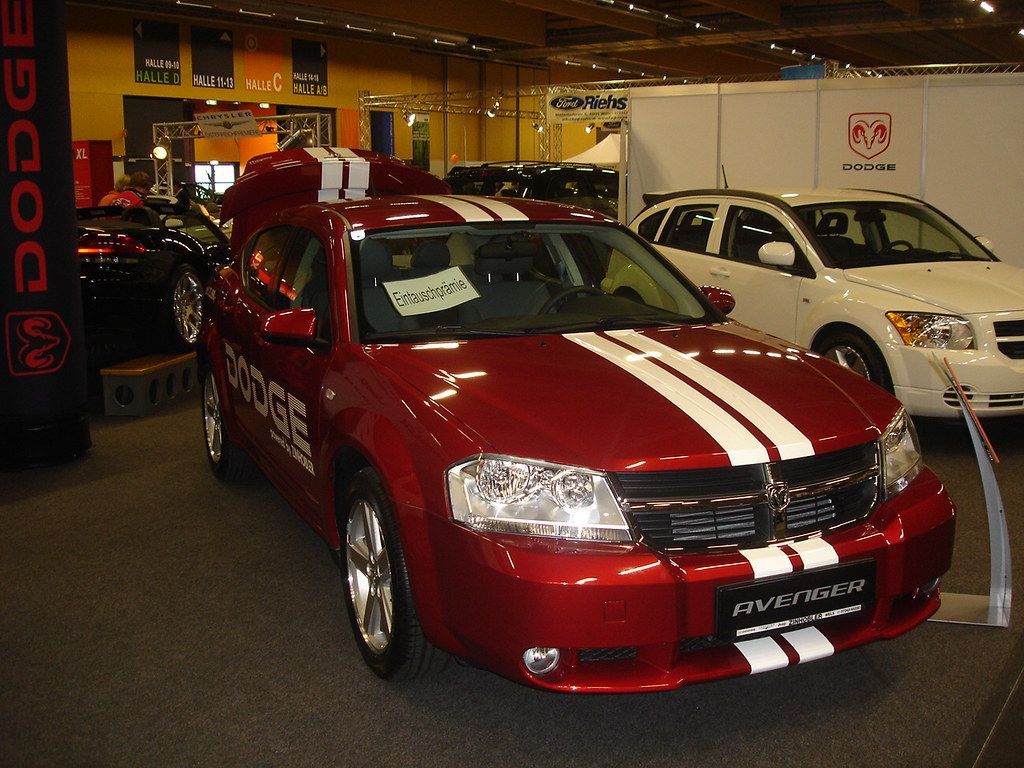
8. **Dodge Avenger**The Dodge Avenger, initially introduced in the late 1990s and subsequently revived in the mid-2000s, represented Dodge’s ambitious but ultimately challenged endeavor to capture a meaningful share of the notoriously competitive midsize sedan market. In its earlier iterations, the Avenger garnered some appreciation for its distinctively muscular styling and its attractive, affordable pricing strategy. However, despite these initial positive attributes, the Avenger never truly managed to generate the sustained momentum or market penetration required to effectively compete head-to-head with segment stalwarts like the Honda Accord and Toyota Camry. Over its lifespan, the Avenger’s appeal steadily eroded due to a confluence of strategic missteps and adverse market-related conditions.
One of the most significant and persistent challenges that consistently hindered the Avenger’s market success was its notably inconsistent brand identity. Dodge attempted to position the vehicle somewhere ambiguously between a sporty sedan and a budget-conscious commuter, a dual-pronged approach that proved to be a critical miscalculation as it fundamentally lacked the refined engineering or the robust performance capabilities to genuinely excel in either category. This pervasive lack of clear market focus profoundly damaged its reputation, rendering it exceptionally difficult for the Avenger to cultivate and attract a dedicated and loyal following among consumers. Moreover, the car’s interior was a frequent target of criticism, consistently cited for its prevalence of cheap materials and a largely uninspired design, which stood in stark and unfavorable contrast to rivals renowned for their meticulously crafted and thoughtfully appointed cabins.
Performance deficiencies presented yet another significant stumbling block for the Avenger. While Dodge did make efforts to promote the Avenger by offering more powerful V6 engine options and introducing sportier trim levels, the actual driving experience often felt profoundly lackluster and disconnected. The Avenger was never perceived as sufficiently engaging to be considered a true sporty alternative, nor was it efficiently frugal enough to be a compelling economy sedan, thereby positioning it awkwardly within a market that increasingly rewarded specialized attributes and clear value propositions. Furthermore, its safety ratings and reliability records did not consistently inspire consumer confidence, a critical failing that inevitably led many potential buyers to explore and ultimately opt for more trusted and well-regarded alternatives from other manufacturers.
By the mid-2010s, the Avenger’s sales figures had plummeted dramatically, precipitating Dodge’s executive decision to discontinue the model entirely in 2014. The unstoppable ascendancy of crossovers, coupled with the influx of more compelling and innovative sedans from a diverse array of competitors, effectively left the Avenger without any viable or defensible niche within the fiercely contested automotive market. Dodge strategically shifted its corporate focus squarely towards its core strengths of performance-oriented SUVs and its iconic muscle cars, thereby effectively abandoning its endeavors in the midsize sedan market. The Avenger’s unfortunate decline serves as a stark and unequivocal illustration of how an absence of clear market positioning and a consistent delivery of underwhelming execution can inexorably erode a sedan’s market share and overall appeal over time.
Car Model Information: 1970 Dodge Challenger Base
Name: Dodge Avenger
Caption: 2012 Dodge Avenger sedan
Class: Sport compact,Mid-size car
Manufacturer: Dodge
Production: 1994–2000,2007–2014
ModelYears: 1995–2000,2008–2014
Successor: Chrysler 200,Dodge Dart (PF)
Categories: 2000s cars, 2010s cars, All articles with dead external links, Articles with dead external links from April 2015, Articles with short description
Summary: The Dodge Avenger is a front-wheel drive, mid-sized sedan that was marketed by Dodge. The Avenger made its North American debut in 1994 for the 1995 model year as a coupe that was produced until 2000. The model name was reintroduced to the market as a four-door sedan in 2007 for the 2008 model year. The Dodge Avenger name was used on the South African market Hillman Avengers in 1975 and 1976.
The 2014 model year marked the end of Avenger production as the mid-sized models for both the Dodge and Chrysler brands were consolidated into the new Chrysler 200 introduced for the 2015 model year while Dodge received the new compact Dart.
Get more information about: Dodge Avenger
Buying a high-performing used car >>>
Brand: Dodge Model: Avenger
Price: $59,999 Mileage: 46,457 mi.
Read more about: Steering Clear of Danger: An In-Depth Look at 14 Vehicles with Concerning Safety Scores for Savvy Consumers

9. **Nissan Altima (Early 2000s models)**While the Nissan Altima robustly continues in production today and has, in more recent years, experienced a commendable resurgence in popularity, the early 2000s iterations of the model witnessed a pronounced and significant decline in its audience. This downturn was attributable to a challenging confluence of factors: a period of design stagnation, emerging reliability concerns, and relentlessly fierce competition within the midsize sedan segment. During the late 1990s and extending into the early 2000s, the Altima was initially positioned and perceived as a dependably reliable and attractively affordable alternative in the midsize sedan category. However, it progressively lost its crucial competitive edge within a market that was increasingly dominated by its more refined and consistently innovative Japanese rivals.
One of the primary and most influential factors contributing to the Altima’s significant decline during this specific period was its reliance on an aging platform and the incorporation of increasingly outdated technology. While formidable competitors rapidly advanced their infotainment systems, integrated sophisticated new safety features, and achieved remarkable gains in powertrain efficiency, the early 2000s Altima models lagged conspicuously behind. This technological and structural stagnation led prospective buyers to increasingly perceive the car as dated and consequently less desirable, especially when placed in direct comparison to segment leaders such as the Honda Accord and Toyota Camry, both of which aggressively updated their models with superior interiors and noticeably smoother drivetrains, thereby setting new benchmarks in the category.
Reliability, critically, also emerged as a pressing concern during this challenging era for the Altima. While Nissan generally maintained a respectable reputation for dependability, certain specific model years of the Altima during this period were regrettably plagued by persistent engine and transmission issues. These mechanical problems served to significantly undermine consumer confidence in the brand. The recurring nature of these issues often resulted in costly repairs and frustrating ownership experiences, which inevitably pushed a substantial number of potential buyers away from the Altima and towards other automotive brands that boasted stronger and more consistent reliability track records, reinforcing perceptions of long-term dependability.
Furthermore, styling proved to be yet another critical factor in its struggle for market relevance. The Altima’s design during this period was largely characterized by conservatism, sometimes even bordering on blandness, and it conspicuously failed to resonate with a growing demographic of younger buyers who were actively seeking a more dynamic and visually appealing sedan. This notable absence of a strong and distinctive brand identity, compounded by intensified competition and the overarching shift in buyer preferences towards the versatility of SUVs, meant that the Altima of that particular era struggled profoundly to maintain its once-secure market position. It was only in the subsequent decade, following a series of significant redesigns and comprehensive product improvements, that the Altima was able to successfully regain much of its previously lost market ground and reclaim its competitive standing.
Car Model Information: 2013 Nissan Altima 2.5 S
Name: Nissan Altima
Caption: 2024 Nissan Altima SR (L34; US)
Manufacturer: Nissan
Aka: Nissan Bluebird
Production: 1992–present
Class: Compact car
Predecessor: Nissan Bluebird,Nissan Stanza
ModelYears: 1993–present
Categories: 2000s cars, 2010s cars, 2020s cars, All-wheel-drive vehicles, All Wikipedia articles written in American English
Summary: The Nissan Altima is a mid-size car manufactured by Nissan since 1992. It is a continuation of the Nissan Bluebird line, which began in 1955.
The Altima has historically been larger, more powerful, and more luxurious than the Nissan Sentra but less so than the Nissan Maxima. The first through fourth-generation cars were manufactured exclusively in the United States and officially sold in North and South America, along with the Middle East and Australia. For other markets, Nissan sold a related mid-size sedan called the Nissan Teana which was between the Altima and Maxima in terms of size. In 2013, the Teana became a rebadged version of the fifth-generation Altima.
The name “Altima” was originally applied to a top trim line of the Nissan Leopard for the Japanese market in 1986, and then to the Nissan Laurel Altima mid-size car sold in Central America and the Caribbean before 1992. In 1992, Nissan discontinued the Stanza which was a Nissan Bluebird clone, replacing it with the US-built Altima, while remaining a compact car. The first Altima was produced in June 1992, as a 1993 model. All Altima models for the North American market were built in Smyrna, Tennessee, until June 2004, when Nissan’s Canton, Mississippi plant also began producing the model to meet high demand.
Get more information about: Nissan Altima
Buying a high-performing used car >>>
Brand: Nissan Model: Altima
Price: $8,961 Mileage: 80,139 mi.
Read more about: 12 Cars That Broke Down Within the First Year: Owners Say They’d Never Buy Again

10. **Volkswagen Passat (Early to mid-2000s)**The Volkswagen Passat, at one point, entered the midsize sedan segment as a promising challenger, holding the allure of European refinement and engaging driving dynamics, all presented at a competitive price point. However, its iterations from the early to mid-2000s unfortunately failed to maintain a robust and loyal audience, a consequence of a complex interplay of build quality issues, perceived pricing concerns, and a noticeable disconnect with the specific expectations of the American consumer. Despite the Passat’s strong and respected nameplate in its native Europe, the model encountered significant difficulties in establishing a lasting and favorable impression within the North American market during this critical period.
One of the most pivotal challenges that the Passat squarely faced was its widely reported issues with reliability. In stark contrast to the sterling reputation for engineering excellence that Volkswagen has largely cultivated today, those early 2000s Passat models became notoriously known for a litany of problems, including recurrent electrical gremlins, instances of premature mechanical wear, and a tendency towards costly and frequent repairs. These pervasive issues severely tarnished the car’s overall appeal, especially when it was pitted directly against its Japanese rivals, which were then celebrated for their nearly bulletproof reliability and minimal maintenance requirements. Consequently, many potential buyers frequently opted to steer clear of the Passat after hearing widespread reports of frequent and often frustrating visits to the mechanic.
Pricing also played a considerable role in the Passat’s declining popularity during this era. Positioned somewhat ambiguously as a near-luxury offering, it was often priced discernibly higher than its mainstream midsize sedan counterparts. This pricing strategy created a significant sales hurdle, particularly when juxtaposed with its inconsistent build quality and perceived reliability shortcomings. A considerable number of buyers either gravitated towards more attractively affordable and reliably proven options like the Honda Accord or Toyota Camry, or, if they were inclined to spend more, they instead chose to invest in genuine luxury brands. The Passat’s value proposition during this time felt notably muddled and ill-defined, effectively caught in an unconvincing limbo between the mainstream and the premium segments of the market.
Finally, the combination of its conservative styling and a still-recovering brand perception significantly hindered the Passat’s ability to cultivate and maintain a loyal audience. The car’s somewhat understated and traditional design largely failed to excite buyers who were actively seeking a vehicle with more flair or a distinctly modern aesthetic. Simultaneously, Volkswagen’s brand image in the U.S. was still in the protracted process of recovering from the widespread fallout of earlier quality concerns and reputation challenges. Although the Passat did eventually undergo substantial improvements in both design and quality in its subsequent generations, the period of the early 2000s unequivocally remains a pivotal time when this sedan notably lost its crucial foothold in an exceedingly competitive automotive market.
Car Model Information: 2014 Volkswagen Passat 1.8T Auto SE w/Sunroof & Nav
Name: Volkswagen Passat
Caption: Passat B9
Manufacturer: Volkswagen
Aka: Volkswagen Dasher,Volkswagen Quantum,Volkswagen Santana,Volkswagen Corsar,Volkswagen Magotan (China),Volkswagen Carat
Production: 1973–present
Class: Mid-size car
Layout: Front-engine, front-wheel-drive layout
Predecessor: Volkswagen Type 4,Volkswagen Type 3,Volkswagen K70
Successor: Volkswagen ID.7
Sp: uk
Categories: 1970s cars, 1980s cars, 1990s cars, 2000s cars, 2010s cars
Summary: The Volkswagen Passat is a nameplate of large family cars (D-segment) manufactured and marketed by the German automobile manufacturer Volkswagen since 1973 and also marketed variously as the Dasher, Santana, Quantum, Magotan, Corsar and Carat — in saloon, estate, and hatchback body styles.
A “four-door coupé” variant of the Passat with a lower roof was released in the North American market in 2008 as the Passat CC, which was then renamed to Volkswagen CC. The CC was succeeded by the Arteon in 2017.
In January 2011, Volkswagen introduced a separate Passat model line, internally designated “Volkswagen New Midsize Sedan” or NMS, that was manufactured in the US at the Chattanooga assembly plant and in China at Nanjing by SAIC-Volkswagen. Developed to increase Volkswagen sales in North America, the Passat NMS is larger and costs less to produce, and is sold in the North America, South Korea, China, and Middle East. The separate B8 Passat model entered production, based on the MQB platform.
In 2019, the Passat NMS program was split into two as the North American one continued being produced on an older platform while the Chinese Passat moved on to the MQB platform, which resulted in Volkswagen marketing three models under the Passat nameplate globally at that time. The North American Passat was discontinued after the 2022 model year.
Volkswagen ended the production of the saloon Passat for the European market in 2022. The B9 Passat, released in 2023, is only available in an estate body style. The Passat continues to be available as a saloon in China.
The “Passat” is one of several Volkswagen models named after a wind: “Passat” is the usual German word for “Trade winds”.
Get more information about: Volkswagen Passat
Buying a high-performing used car >>>
Brand: Volkswagen Model: Passat
Price: $7,500 Mileage: 107,908 mi.
The tale of sedans that retained their audience versus those that lost it years ago offers profound lessons on adaptation, innovation, and the power of customer loyalty. It reminds us that even in a rapidly transforming industry, fundamentals like quality, design, technology, and brand trust remain paramount. For manufacturers, the challenge is to blend tradition with innovation; for consumers, it’s about choosing vehicles that best fit their changing needs. The sedans that continue to captivate drivers do so not by resting on past laurels but by continually striving to meet and exceed the expectations of today’s discerning market.

